There are already some data packet formats defined for open systems that have been around for a number of years. However, there is no a universal data packet format recognised by all systems. Even if it was possible to define and agree a universal standard the downside of that approach is that it could actually stifle innovation because technology develops so fast. The important criteria is that open systems use an open data format that is published to relevant manufacturers.
There are two parts to this question:
1. An 'open' communication mechanism which can be used by anyone - for example, use of the OMG's Data Distribution System (DDS)
2. The ability to understand the format and content of data being passed over the communications link
Both aspects are important to avoid any supplier lock-in. OMG has developed the OARIS data format which is a step forward to having an open high level track interface for systems, but as yet no lower level 'raw' common data formats are defined possibly due to each system having its own system-specific data characteristics.


